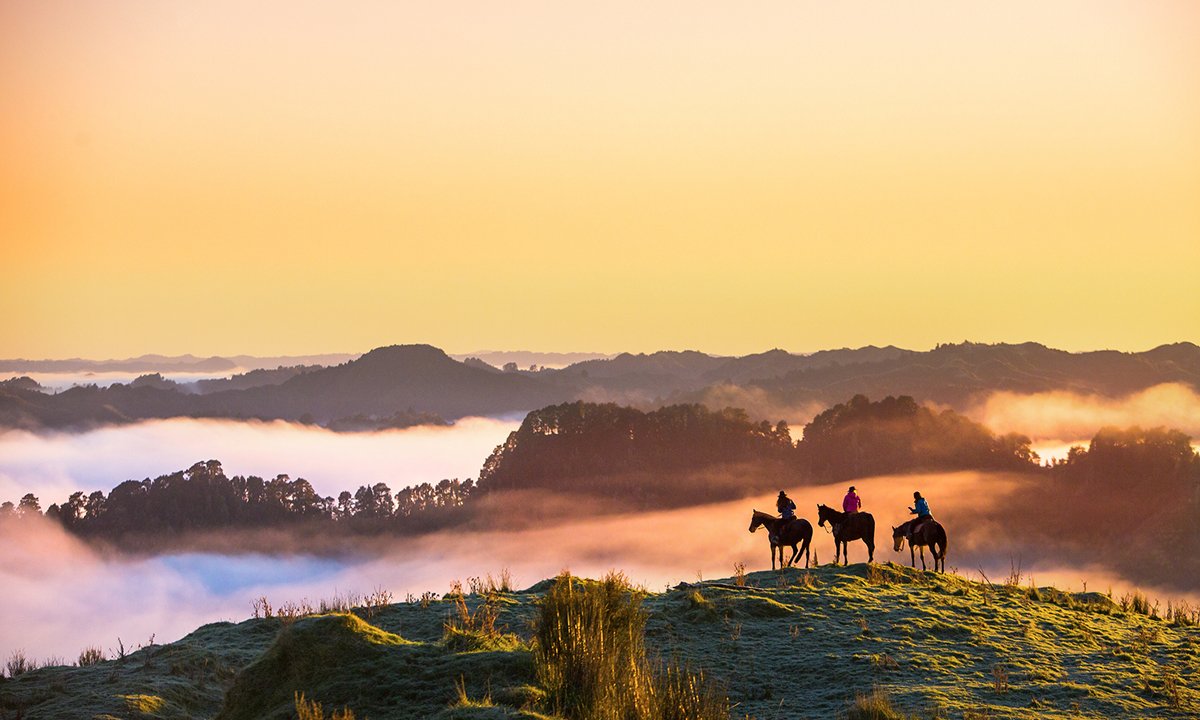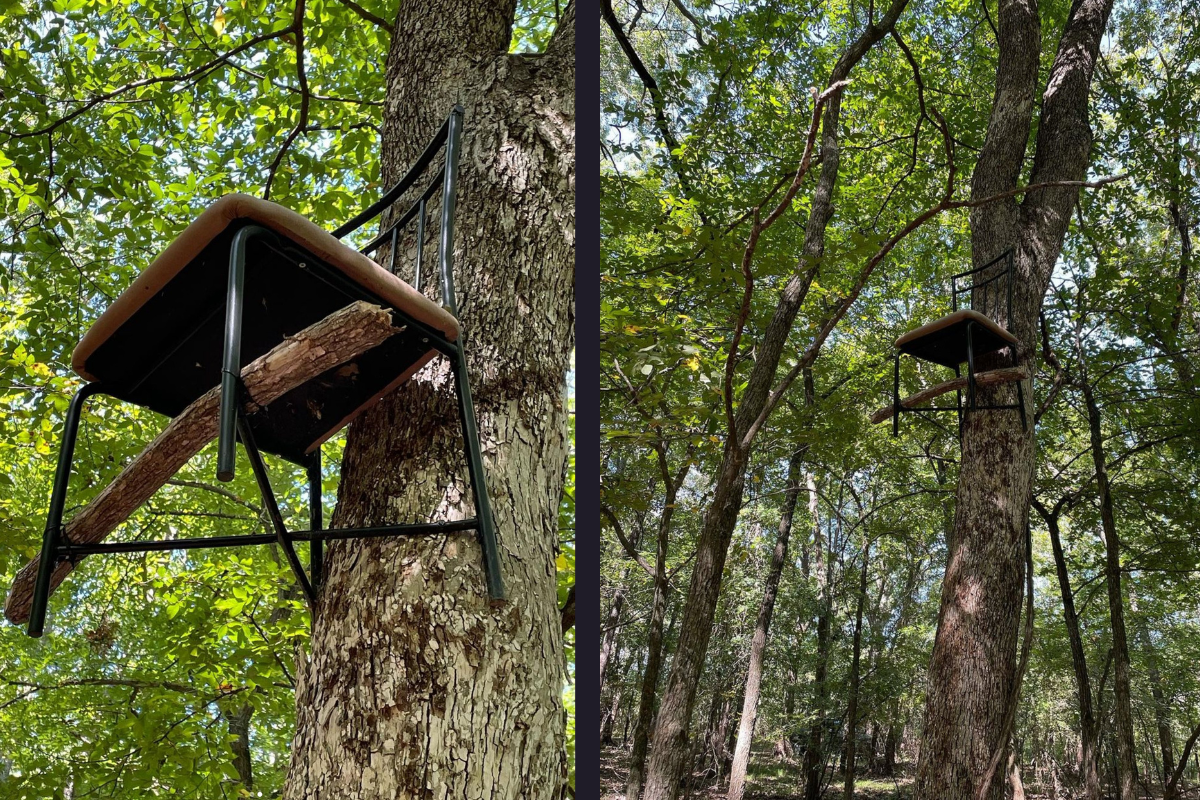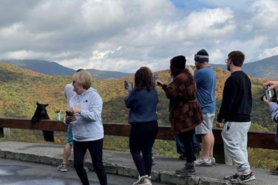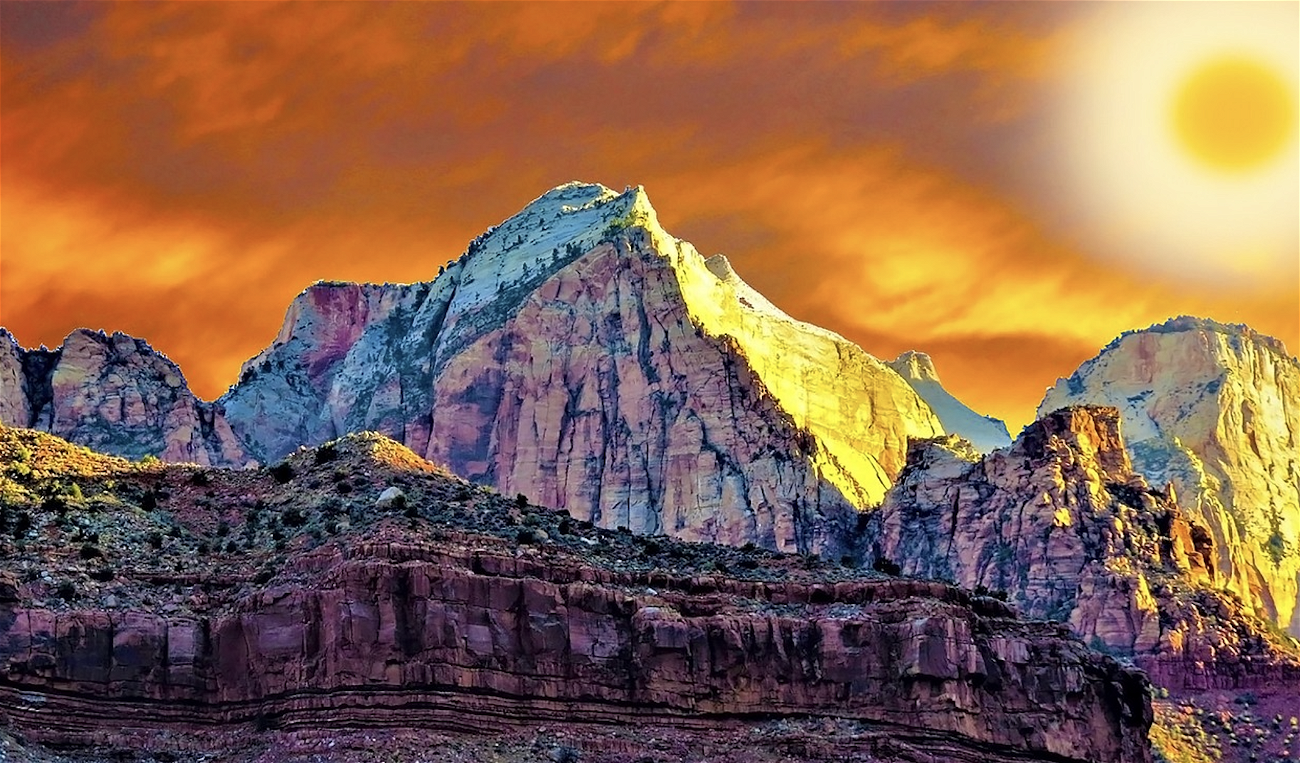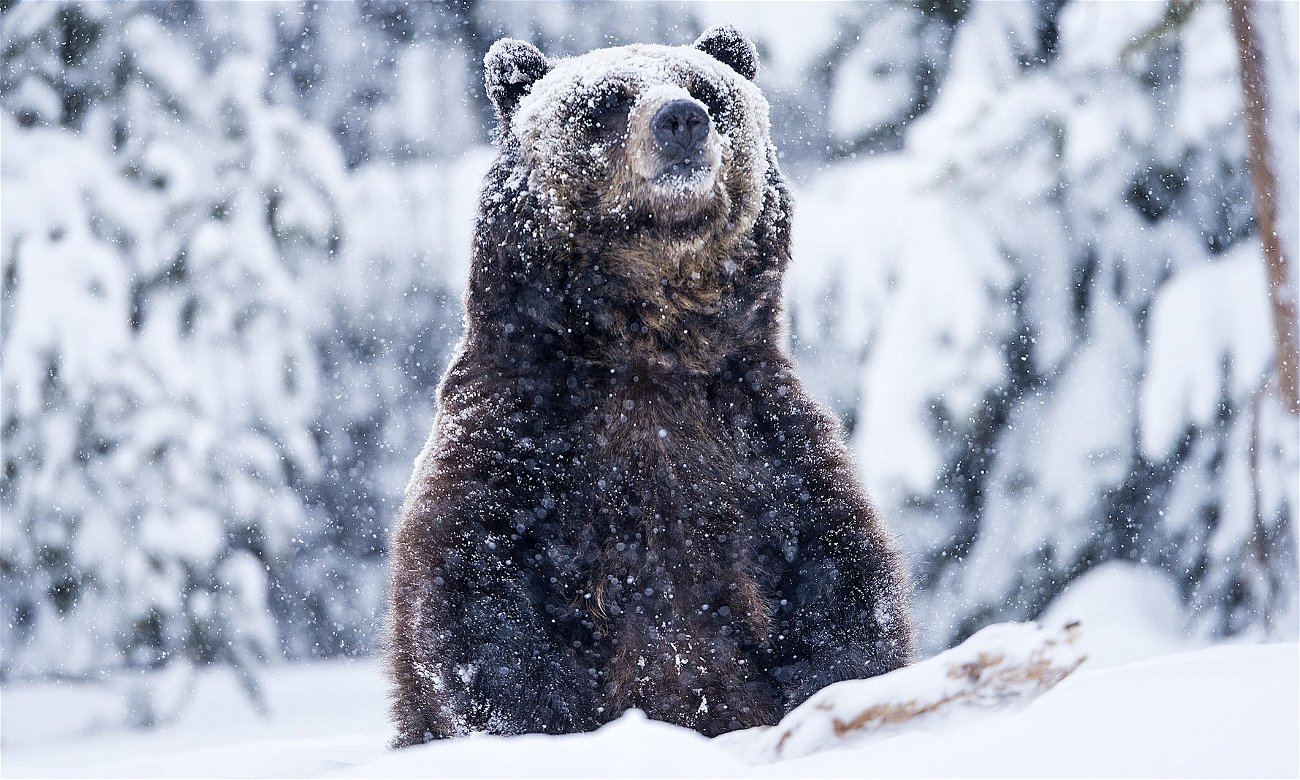On January 17, 2023, the Biden Administration announced a sweeping, multibillion-dollar wildfire plan that could bring much-needed relief to 11 wildfire-prone U.S. states.
Videos by Outdoors
Over the past 10 years, record-breaking wildfires have swept across the American West, destroying homes and beloved recreation areas alike. The toxic air quality has been especially difficult for millions of locals, and has impacted many states’ outdoor recreation industries. Many days are too smokey to go outside at all, let alone get the lungs pumping on a bike ride or run. Underserved communities and people who have to commute by foot or work outdoors to support their families have been particularly affected.
Wildfire seasons have also been starting earlier and extending later into the year. In fact, some of the country’s most destructive recent fires have occurred in fall or winter – traditionally lower-risk seasons. In October of 2021, the Dixie Fire burned more than a million acres in California. That December, Colorado’s Marshall fire destroyed more than 500 homes.

“This is a national emergency, and it calls for decisive action,” said the US Forest Service report that details the new plan.
The USFS hopes to confront the wildfire crisis via science-backed strategies like controlled burns and strategic thinning of vegetation. The report states that the USFS spent too many years operating under the notion that all fire was bad fire. Even small, healthy wildfires were put out, allowing excess flammable material to accumulate on the ground. According to the report, strategically removing this fuel buildup should reduce the risk of catastrophic fires.
Of course, the buildup of on-the-ground fuels isn’t the only reason wildfire has gotten so out of hand.
“In the West, climate change is making the fire and fuels problem worse by reducing snow and rainfall, and by increasing the frequency and scale of high winds and hot dry weather,” the report states. Wildfires exacerbate climate change by releasing tons of carbon into the air. Healthier forests should help protect the environment from future climate change by (A) taking in carbon from the air as they grow, and (B) naturally reducing the likelihood of large fires.

The new plan will be implemented in Arizona, California, Colorado, Idaho, Montana, Nevada, Oregon, New Mexico, South Dakota, Utah, and Washington. The project’s funding will come in part from an expanded USFS wildlife budget, in part from federal dollars already allocated to wildfire mitigation, and in part from money allocated in the Biden Administration’s new $1 trillion infrastructure bill.
It’s an ambitious plan, but if the USFS can pull it off, it could meaningfully change the future of the American West—and all the people who call it home.

